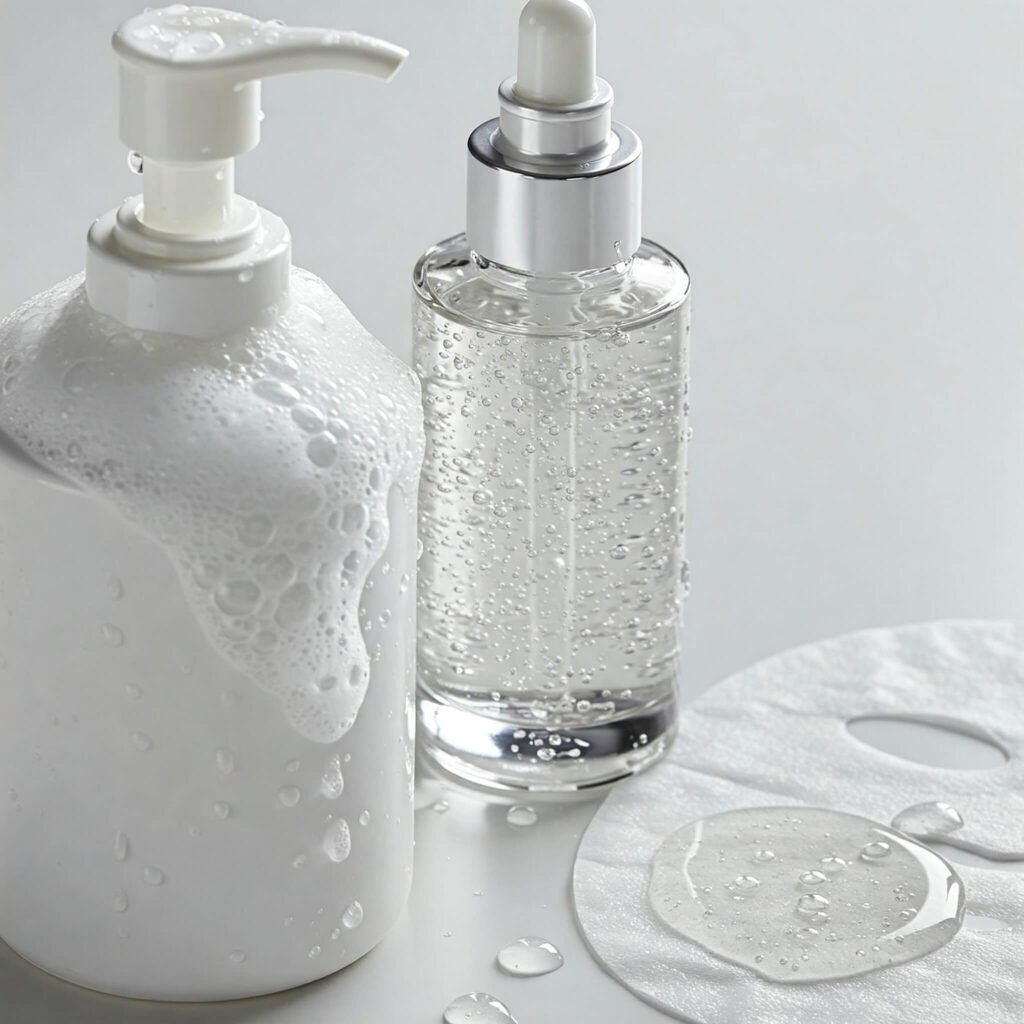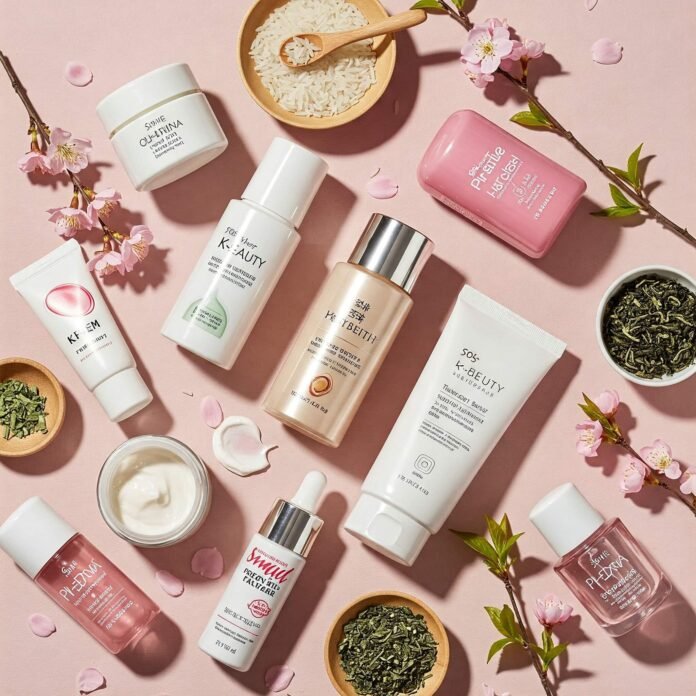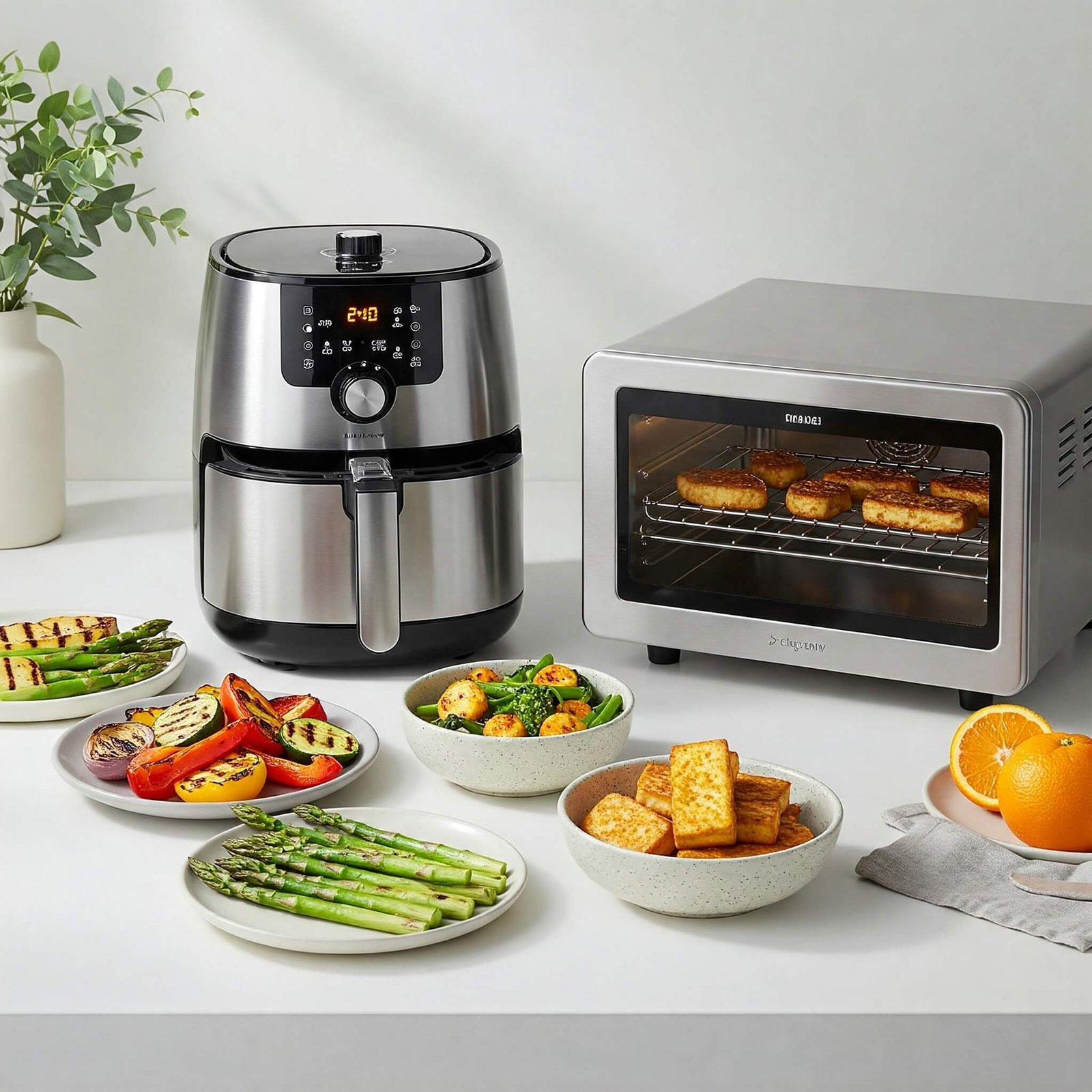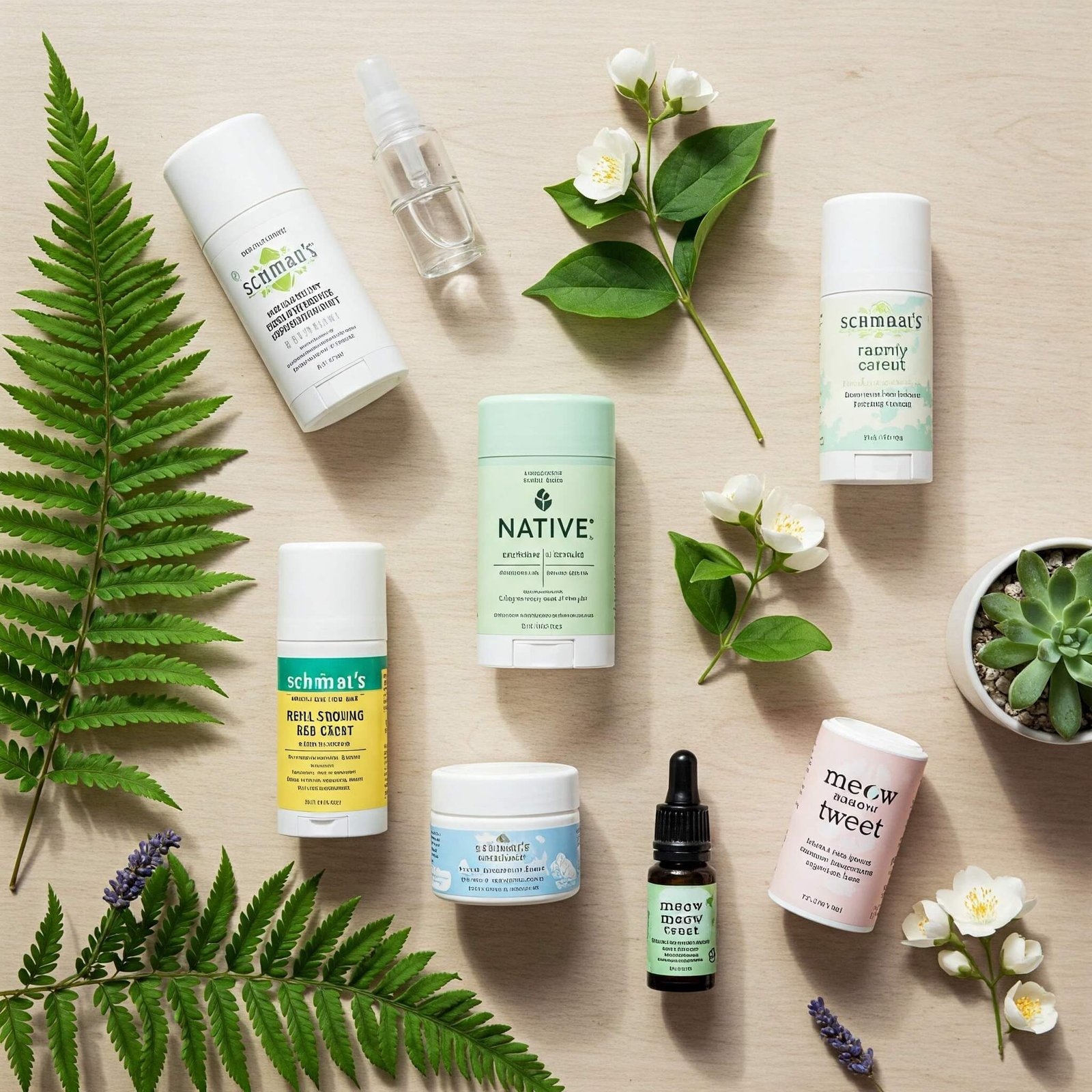For years, the global beauty scene has been buzzing about the radiant skin championed by both Korean and Japanese beauty rituals. Often mentioned in the same breath, Korean vs Japanese skincare philosophies and product offerings have distinct characteristics that cater to different preferences and skin needs. As a seasoned beauty enthusiast, I’ve explored countless routines and products from both countries, and today, I’m thrilled to share the real differences that set these skincare powerhouses apart.
The Core Philosophies: A Tale of Two Approaches
While both Korean (K-beauty) and Japanese (J-beauty) skincare emphasize achieving healthy, glowing skin, their underlying philosophies differ slightly.
K-Beauty: Innovation and Layering
Korean skincare is renowned for its innovative formulations, often incorporating unique and natural ingredients like snail mucin, bee venom, and fermented extracts. The K-beauty approach typically involves a multi-step routine, often ranging from 7 to 10+ steps, focusing on layering lightweight products to hydrate, nourish, and protect the skin. The emphasis is on customization and addressing specific skin concerns with targeted treatments.

J-Beauty: Minimalism and Efficacy
Japanese skincare, on the other hand, often embraces a more minimalist approach. While still meticulous, J-beauty routines tend to have fewer steps, focusing on high-quality, potent formulations that deliver visible results. The emphasis is often on hydration, barrier function, and preventing skin issues before they arise. Traditional Japanese ingredients like rice bran, green tea, and sake are frequently featured.

Key Product Focus: Where They Shine
The types of products that each beauty culture emphasizes also highlight their distinct approaches to Korean vs Japanese skincare.
K-Beauty’s Innovation Hub
- Sheet Masks: Perhaps the most iconic K-beauty product, offering targeted treatments in a convenient format.
- Essences: Lightweight, hydrating fluids that form a crucial step in layering moisture.
- Serums & Ampoules: Concentrated formulas designed to address specific concerns like wrinkles, pigmentation, or acne.
- Cushion Compacts: Innovative makeup-skincare hybrids for on-the-go touch-ups with SPF.
J-Beauty’s Focus on Fundamentals
- Cleansing Oils: Gentle yet effective for removing makeup and impurities without stripping the skin.
- Hydrating Lotions (Toners): Often thicker and more moisturizing than Western toners, crucial for prepping the skin.
- Emulsions: Lightweight moisturizers that provide essential hydration without feeling heavy.
- Sunscreen: A non-negotiable step, with Japanese sunscreens known for their lightweight textures and high SPF.
Ingredient Spotlight: Nature’s Best
Both Korean and Japanese skincare draw inspiration from natural ingredients, but their choices and applications can differ.
Korean Skincare Ingredients
- Snail Mucin: Known for its hydrating, repairing, and anti-aging properties.
- Centella Asiatica (Cica): Soothes inflammation and promotes skin healing.
- Propolis: An antibacterial and anti-inflammatory ingredient derived from bees.
- Ginseng: Rich in antioxidants and believed to revitalize the skin.
Japanese Skincare Ingredients
- Rice Bran (Nuka): Gently exfoliates and brightens the skin.
- Green Tea (Matcha): A powerful antioxidant with anti-inflammatory benefits.
- Sake: Fermented rice wine known for its skin-softening and brightening properties.
- Adlay (Hatomugi): Helps to hydrate and even out skin tone.
Texture and Formulation: The Feel on Your Skin
The textures and formulations of Korean vs Japanese skincare products often reflect their respective philosophies.
K-Beauty Textures
Korean skincare frequently features lightweight, innovative textures like gels, watery serums, and unique formulations that absorb quickly, allowing for seamless layering.
J-Beauty Textures
Japanese skincare often emphasizes elegant and refined textures that feel luxurious on the skin. Hydrating lotions can be slightly viscous, while emulsions are typically light yet deeply moisturizing.
Choosing Your Champion: Which is Right for You?
Ultimately, the “better” skincare approach between Korean vs Japanese skincare depends on your individual skin type, concerns, and lifestyle.
- Choose K-beauty if: You enjoy experimenting with new products, have specific skin concerns you want to target with specialized treatments, and don’t mind a more elaborate routine.
- Choose J-beauty if: You prefer a streamlined routine with high-quality, effective products focused on hydration and prevention, and appreciate elegant textures.

Many beauty enthusiasts even incorporate elements from both Korean vs Japanese skincare into their routines, taking a personalized approach to achieve their desired results. The key is to understand the core principles and product focuses of each to make informed choices for your skin.
Outbound Reference Links:
- [Link to a reputable K-beauty retailer or information site]
- [Link to a reputable J-beauty retailer or information site]
- [Link to a credible skincare science website explaining ingredient benefits]
















































